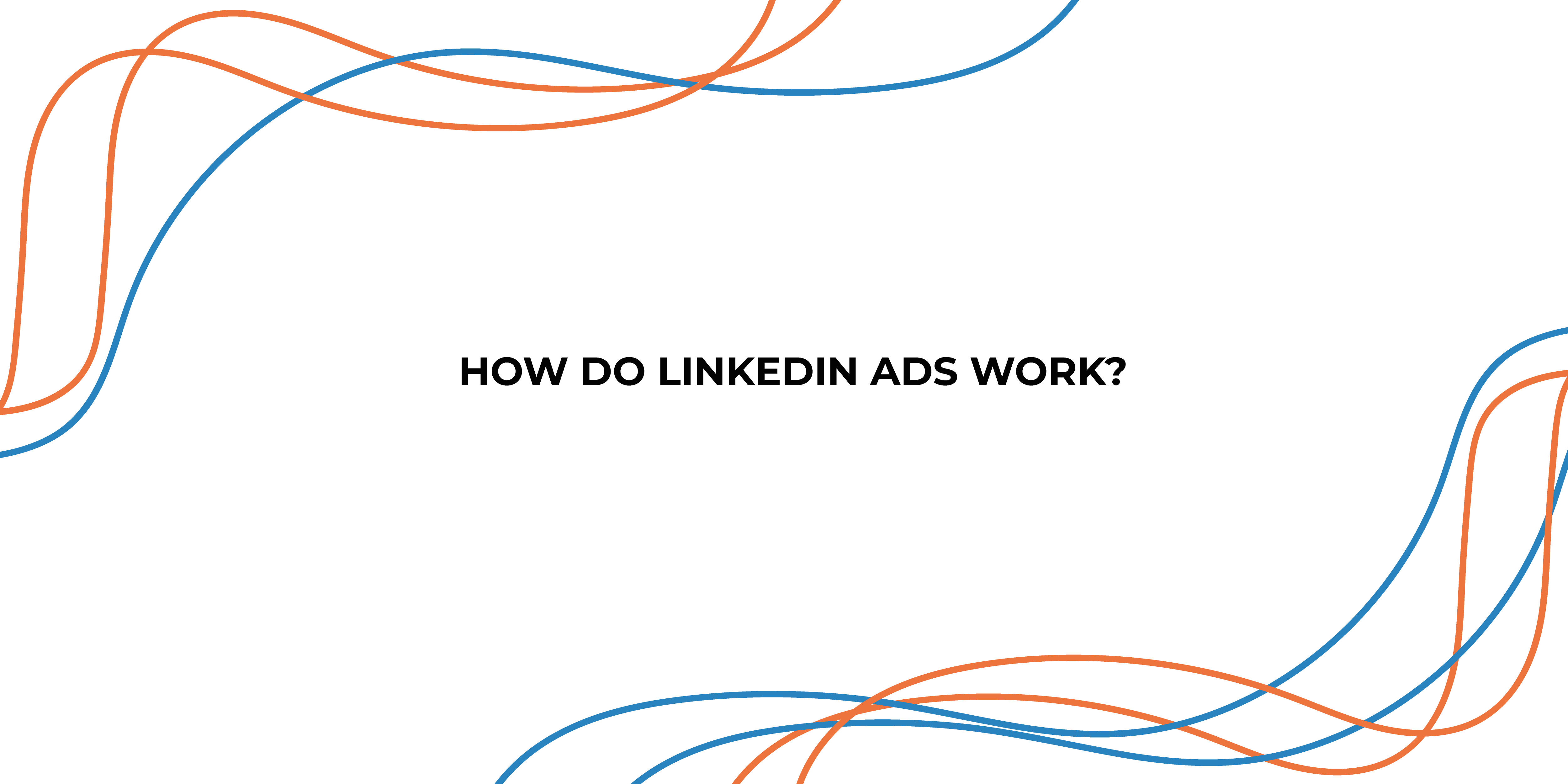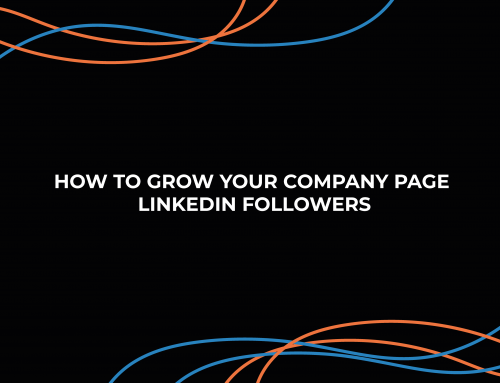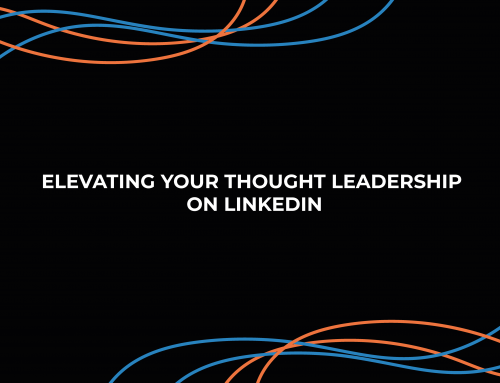Amongst all networking and social media platforms, LinkedIn stands out as the powerhouse platform for professionals. With over one billion members worldwide, LinkedIn is a unique platform for businesses to connect with their target audience and professionals to connect with like-minded individuals.
Among its many features, LinkedIn Ads is a popular option for businesses to reach their marketing objectives. Let’s delve into how LinkedIn Ads work, exploring its features, targeting options, ad formats, and best practices to help you leverage this platform effectively.
Understanding LinkedIn Ads
LinkedIn Ads, as an advertising solution, is just like Google Ads but for LinkedIn. As a B2B lead generation strategy, it enables businesses to promote their products, services, and brand to a highly targeted audience of professionals.
Unlike other more generic advertising channels, LinkedIn Ads offers precise targeting options based on professional attributes such as job title, industry, company size, skills, and more.
This means that businesses can reach decision-makers and executives directly, making it an ideal platform for B2B marketing efforts.
How LinkedIn Ads Work
LinkedIn Ads operate on a pay-per-click (PPC) or pay-per-impression (PPM) model, where advertisers bid for ad placement in LinkedIn’s auction-based system. When creating an ad campaign, advertisers set a budget, bid amount, targeting criteria, and ad format. LinkedIn then displays the ads to users who match the specified targeting parameters.
Targeting Options
LinkedIn Ads offers many different targeting options to help advertisers narrow down their audience and reach the most relevant professionals. These include:
Demographics: Target users based on characteristics such as age, gender, location, language, and education.
Job Title and Function: Reach professionals based on their job titles, functions, seniority levels, and industry expertise.
Company Attributes: Target users based on company size, industry, name, followers, and more.
Skills and Interests: Reach users based on their skills, interests, groups they belong to, and content they engage with.
LinkedIn Profile Data: Utilize LinkedIn’s rich user profile data to target users based on their past behavior, such as interactions with specific content or groups.
By combining these targeting options, advertisers can create highly specific audience segments tailored to their marketing objectives.
Ad Formats
LinkedIn offers a variety of ad formats to suit different campaign goals and audience preferences:
Sponsored Content: These ads appear directly in users’ LinkedIn feeds alongside organic content. They can include text, images, videos, or carousel formats and are an effective way to increase brand visibility and engagement.
Sponsored Messaging: Also known as InMail ads, these ads are sent directly to users’ LinkedIn inboxes. They allow advertisers to deliver personalized messages and offers to targeted prospects, making them ideal for lead generation and nurturing campaigns.
Text Ads: These are simple, text-based ads that appear on the sidebar or top of LinkedIn pages. While they offer limited space for creativity, text ads can be effective for driving website traffic or generating leads with a clear call-to-action.
Campaign Management and Optimization
Once an ad campaign is launched, advertisers can monitor its performance in real-time through LinkedIn’s campaign manager dashboard. Key metrics such as clicks, impressions, click-through rate (CTR), conversion rate, and cost-per-click (CPC) provide insights into the effectiveness of the campaign.
To optimize campaign performance, advertisers can experiment with different ad creatives, targeting criteria, bidding strategies, and ad placements. LinkedIn’s built-in A/B testing feature allows advertisers to test multiple variations of their ads to identify the most effective combinations.
A/B Testing on LinkedIn
A/B testing, also known as split testing, involves comparing two or more versions of an ad to determine which one performs better. This allows advertisers to refine their campaigns and optimize their return on investment (ROI). Here’s how A/B testing can be leveraged effectively within the context of LinkedIn Ads:
First things first, you need to identify the variables you want to test.
Ad Creatives: Test different images, headlines, ad copy, and calls-to-action to gauge their impact on engagement and conversions.
Targeting Criteria: Experiment with different targeting parameters, such as job titles, industries, or geographic locations, to ascertain the most effective audience segments.
Ad Formats: Compare the performance of different ad formats, such as sponsored content versus sponsored messaging, to determine which format resonates best with your audience.
Develop distinct variations of your ads based on the variables you’ve identified for testing. Ensure that each variation differs only in the specific element being tested, while keeping other factors consistent. This allows for a clear comparison of performance metrics between the different versions.
Best Practices for LinkedIn Ads
To maximize the effectiveness of your LinkedIn advertising campaigns, consider the following best practices:
Set Clear Objectives: Clearly define your campaign objectives, whether it’s brand awareness, lead generation, website traffic, or conversions. Align your ad creatives, targeting, and bidding strategies accordingly.
Know Your Audience: Take advantage of LinkedIn’s robust targeting options to reach your ideal audience. Understand their demographics, job roles, interests, and pain points to tailor your messaging effectively.
Create Compelling Ad Creatives: Invest time and effort into creating visually appealing and engaging ad creatives that resonate with your target audience. Use high-quality images, compelling copy, and clear calls-to-action to drive engagement and conversions.
Optimize for Mobile: Given the increasing use of mobile devices, ensure that your ads are optimized for mobile viewing. Use responsive design, concise messaging, and mobile-friendly landing pages to provide a seamless user experience.
Monitor and Adjust Campaigns: Regularly monitor your campaign performance metrics and make data-driven adjustments to optimize your campaigns. Test different ad formats, targeting criteria, and bidding strategies to identify what works best for your audience.
Provide Value: Focus on providing value to your audience through your ad campaigns. Whether it’s educational content, exclusive offers, or thought leadership insights, deliver content that resonates with your audience’s needs and interests.
Experiment and Innovate: Don’t be afraid to experiment with new ad formats, targeting options, and creative strategies. Keep abreast of industry trends and continuously innovate to stay ahead of the competition.
LinkedIn Ads offer a powerful platform for businesses to reach and engage with a highly targeted audience of professionals. By understanding how LinkedIn Ads work and implementing best practices, advertisers can effectively leverage this platform to achieve their marketing objectives. Whether you’re looking to increase brand awareness, generate leads, or drive conversions, LinkedIn Ads provide the tools and capabilities to help you succeed in today’s competitive digital landscape.
With all this, LinkedIn Ads is a key solution when it comes to B2B lead generation. By understanding LinkedIn Ads and implementing these tips in your ad campaigns, you can unlock the full potential of LinkedIn as a powerful B2B lead generation tool.
StraightIn is a LinkedIn marketing agency based in Manchester. We specialise in helping professionals and businesses leverage the power of LinkedIn to improve their branding and drive results. If you would like to learn more about B2B lead generation or content marketing strategies tailored for LinkedIn, get in touch with us today.
Our team is here to support you in maximising your presence and impact on the platform.





